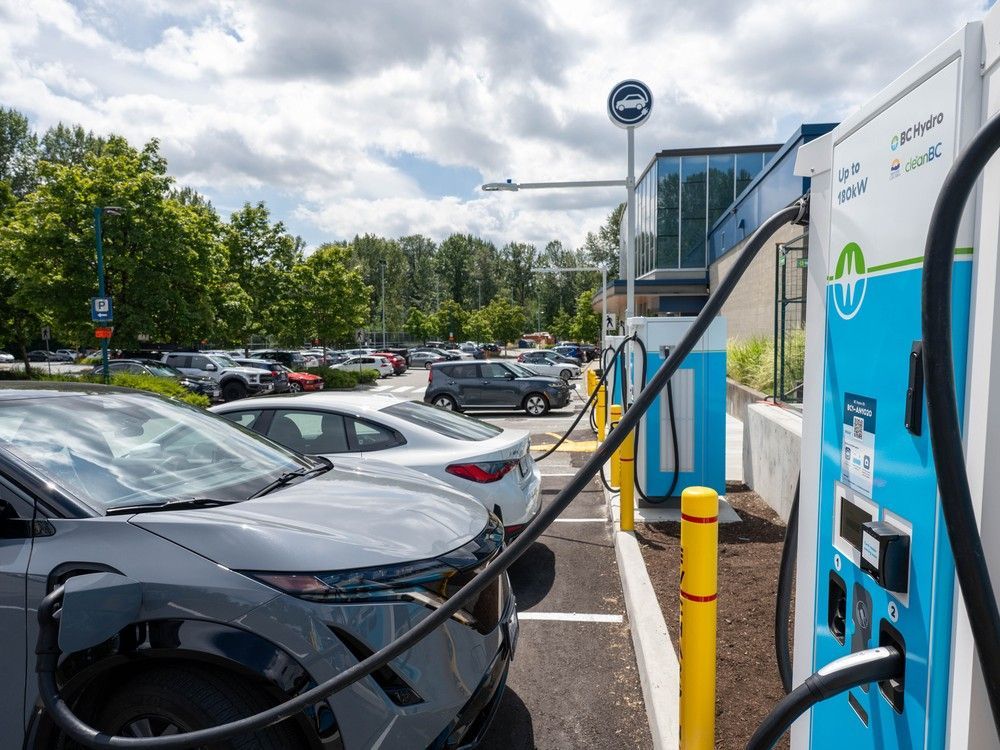The 1954 earthquake near Humboldt Bay, Northern California, has long puzzled scientists due to its anomalous characteristics compared to typical seismic activity in the region, which is predominantly driven by the Gorda Plate. This event, however, appears to have originated from the Cascadia subduction interface, a fault line notorious for its potential to generate devastating megaquakes. The implications of this finding are significant, as they challenge existing models and understanding of seismic risks in the area, highlighting a previously underestimated threat that could have dire consequences for the densely populated Pacific Northwest.
By re-evaluating historical data, modern seismic models, and eyewitness testimonies, researchers have illuminated the connection between the 1954 quake and the Cascadia fault system. This insight not only enhances the understanding of seismic hazards but also underscores the necessity for updated preparedness strategies in regions at risk of similar seismic events. As the potential for catastrophic earthquakes looms, the findings advocate for a proactive approach to disaster readiness, emphasizing the importance of integrating historical seismic data with contemporary risk assessments to mitigate future impacts.








